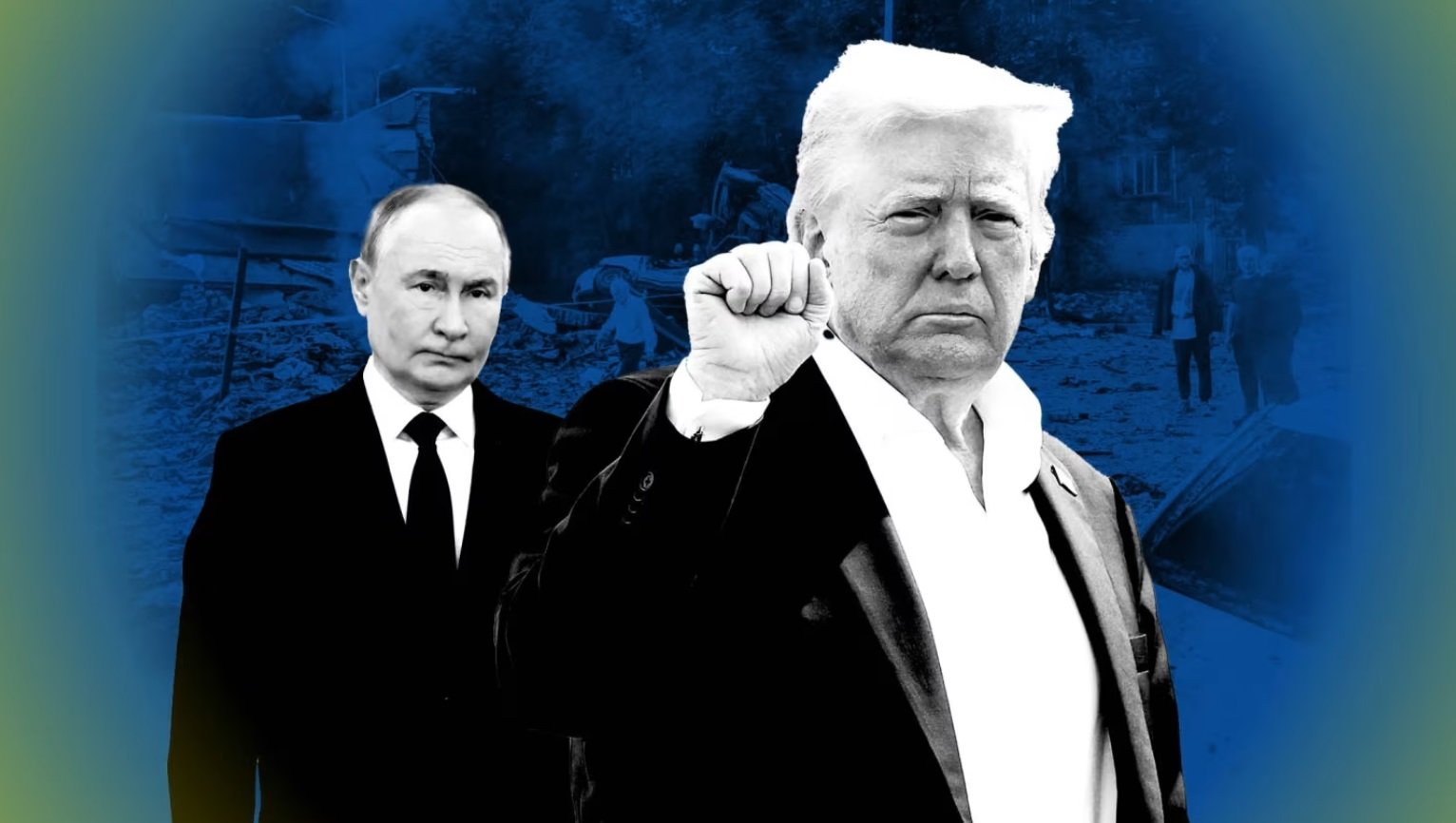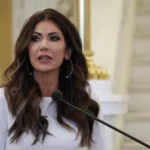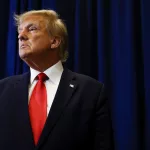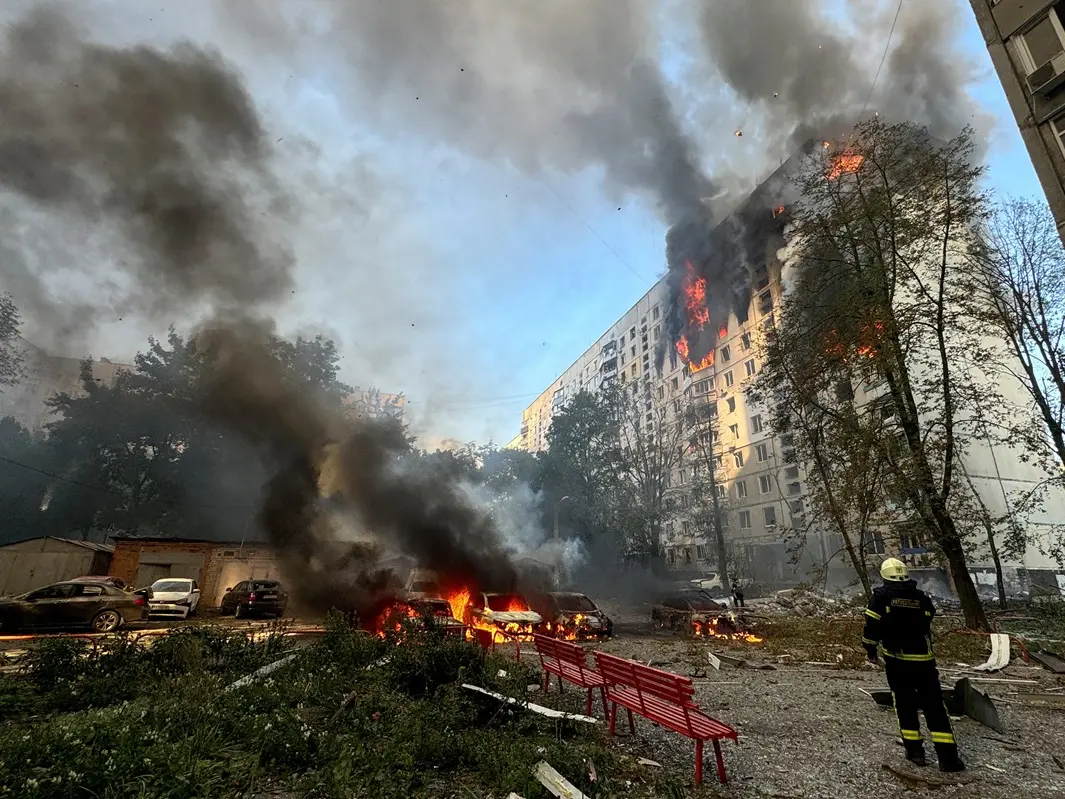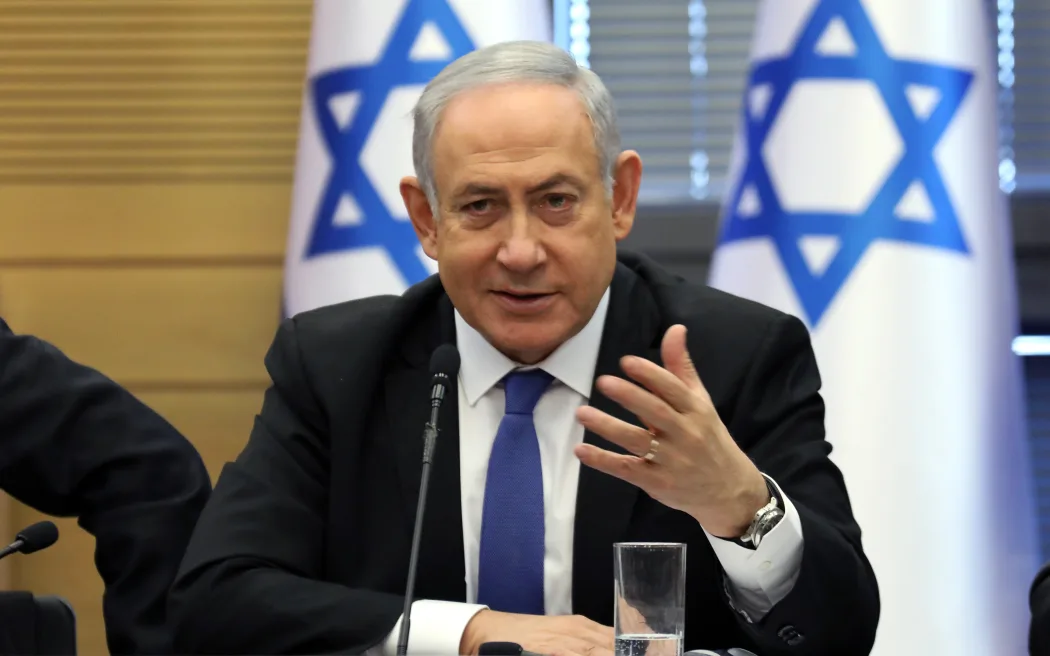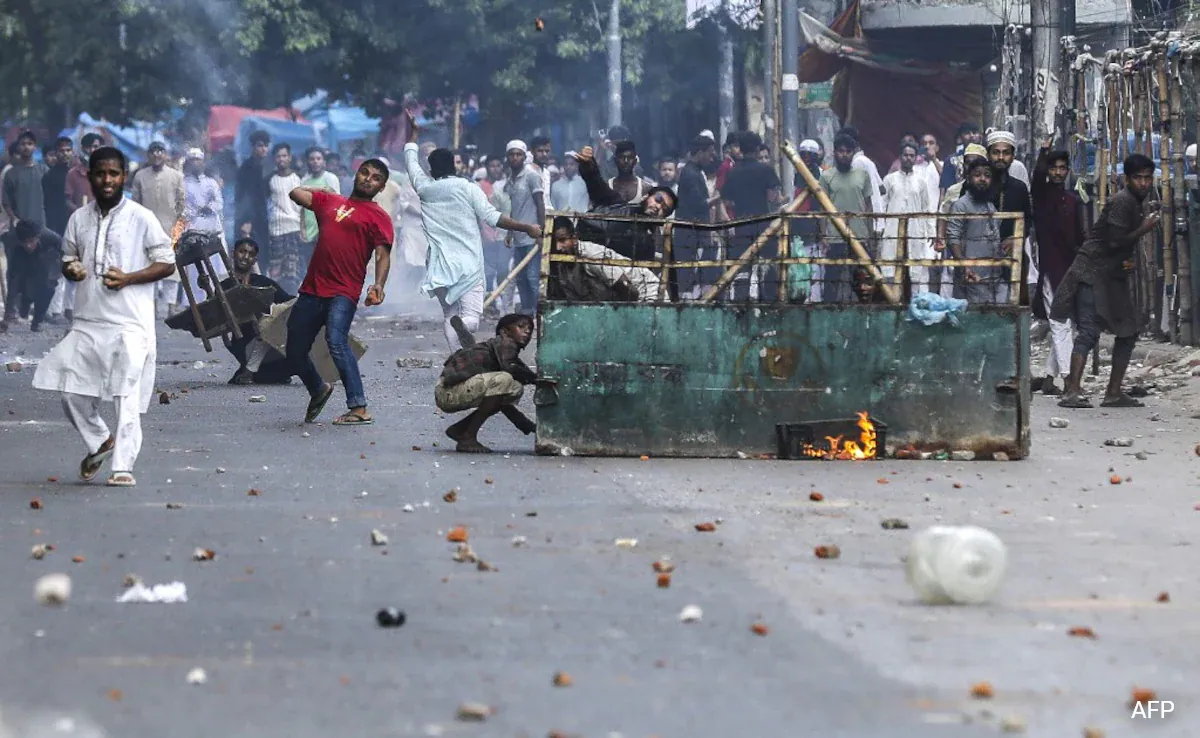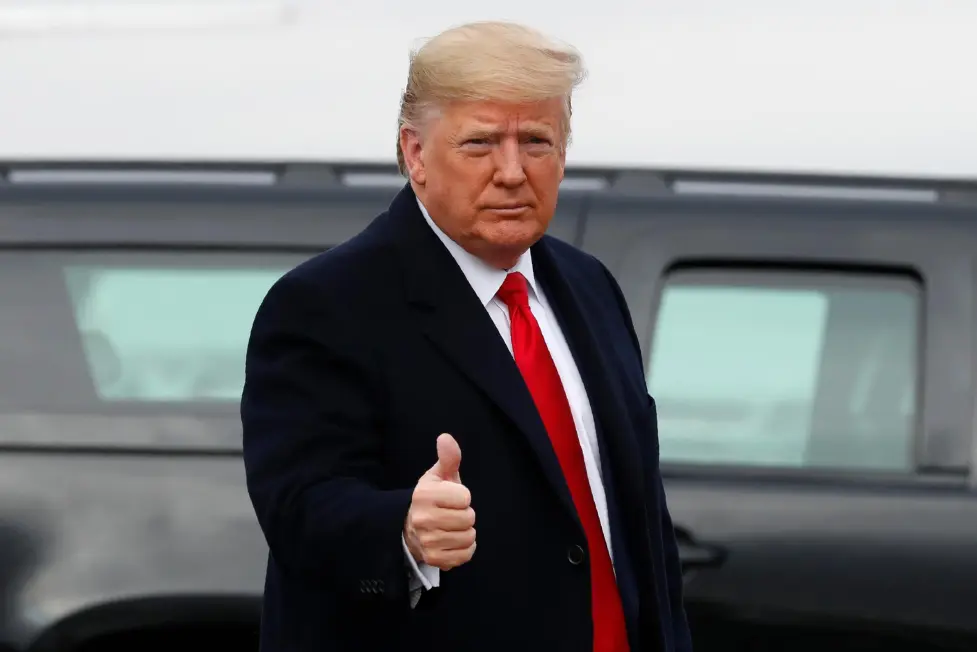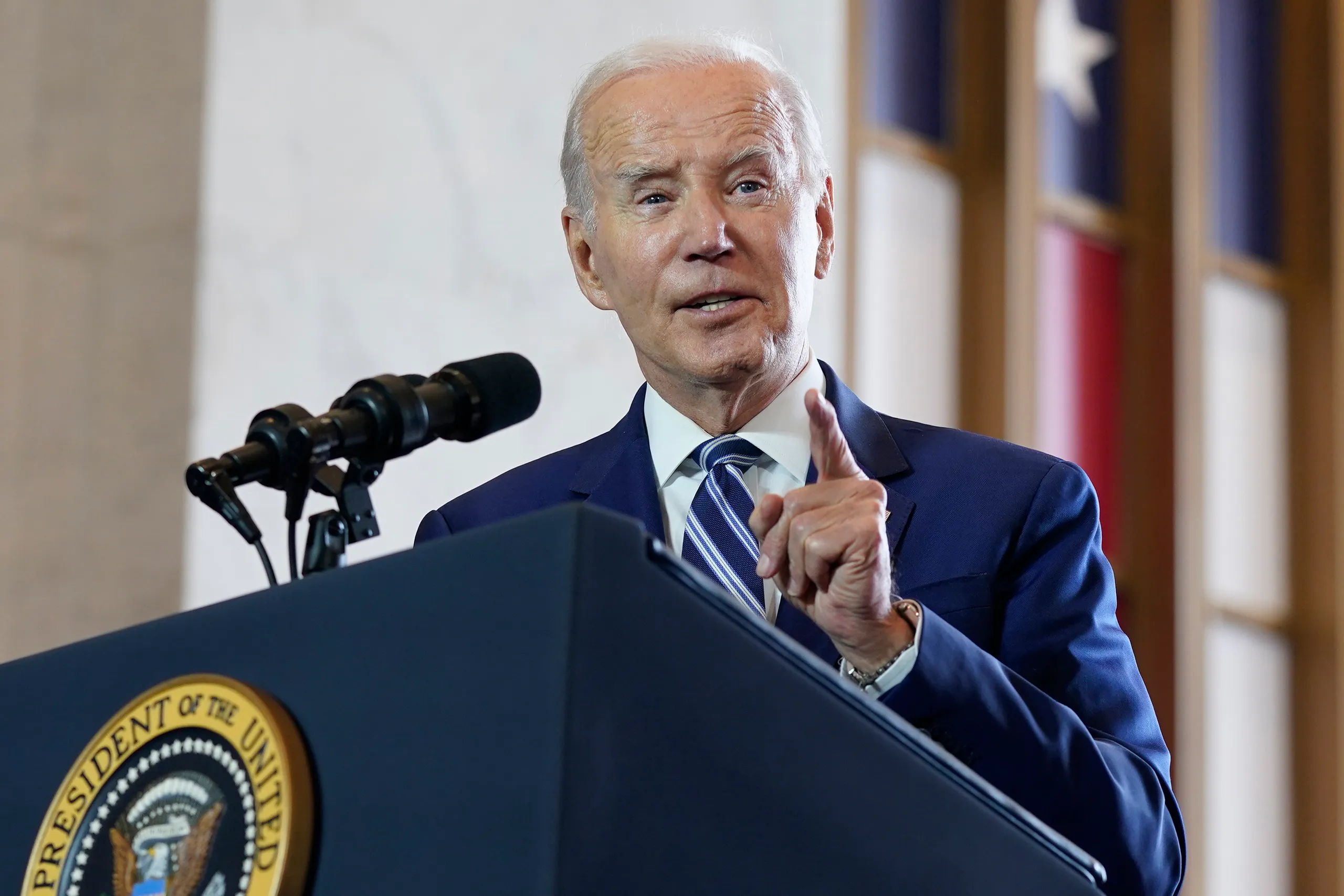In his first term in 2017, U.S. President Donald Trump took bold actions that many had considered unthinkable at the time. He ordered the Javelin anti-tank missiles to be delivered to Ukraine, which was fighting a low-intensity war with Russian forces and Russia-backed separatists, and to Georgia, which was partially occupied by Russia. Less than a year into his term, Trump thus did something that his predecessor Barack Obama had refused to do in eight years.
With Ukraine, U.S. backing moved from non-lethal aid to actual weapons during the Trump presidency. While under Obama Ukraine was restricted to receiving non-lethal aid and equipment, under Trump his administration delivered Javelins, sniper rifles, and rocket launchers which helped defend Kyiv in the early days of the invasion in 2022.
During this time, several foreign-policy experts had a hard time trying to fit with Trump’s “America First” foreign policy these particular actions. To some extent, the decision to arm Ukraine and Georgia in contrast to the Obama “reset” with Putin resembles Suleimani’s killing under the Obama deal with Iran. These decisions, America First concept were placed support for American allies and partners instead of the unrealistic negotiations in which the country’s adversaries.
Trump has faced criticism for failing to articulate an ‘America First’ foreign policy regarding the Ukraine crisis during his second term, with some suggesting he leans toward supporting Russia. That might have begun to change this week when he shared the Oval Office with NATO Secretary General Mark Rutte.
It was disclosed that several billion dollars’ worth of US weapons will be supplied in the next few weeks. While most of the plan is still shrouded in secrecy, officials have confirmed several Patriot anti-missile batteries will be included. There are also reports that additional weapon systems will include long-range strike capabilities.
Moreover, the European countries will finance the weapons and then hand them over to Ukraine. This way, Trump can maintain a politically beneficial position with his base, many of whom question further aid to Ukraine.
Simultaneously, Trump provided Putin with a 50-day period to engage in negotiations in good faith. Should that not happen, Trump claims he will look into steep increases in sanctions and tariffs on Russia, as well as on countries purchasing its oil.
As of this month, however, the most concerning development was the Pentagon’s sudden pause on arms deliveries to Ukraine, stopping even those they had prepared for shipment in Poland. This move not only surprised Ukraine and their European allies, but many individuals in Washington as well, including, arguably, Trump himself. He certainly looked oblivious when questioned about it.
At the same time, Ukraine was enduring devastating aerial offensives from Russia, and to make matters worse, the specific aid-for-arms shipments that had been stalled most prominently included critical air-defense systems.
Additionally, Trump’s recent surge of international influence post-NATO summit, the decisive US strike on Iran’s nuclear facilities, and the brokered ceasefire between Iran and Israel were also at risk of being countered by the steadfast arms embargo.
Such actions had the potential to burden the Kremlin to the negotiating table. However, the additional suspension of aid by the Pentagon suggested the opposite stance America was trying to project, which in turn severely weakened the aforementioned proposal.
For these reasons, the announcement Trump made in the Oval Office this week makes total sense. Not only did it send the right signals to Kyiv, Brussels, and Moscow, but senior officials in the Defense Department are now on notice to get behind the new policy of forcing the Kremlin.
Throughout his campaign, ending Russia’s invasion of Ukraine became the central pillar of Trump’s foreign policy. Without a doubt, however, it remains the most challenging and complex undertaking he has thus far been faced with. There is a sense that he has lost control over the process he was trying to manage and that Putin is now the one dictating the terms. This week’s White House statement is a good first step toward regaining control.
Aside from this week’s military aid announcement, there are other tangible measures he can implement immediately to get things back on track.
1: The first step and the most critical is accepting that a fair and just peace is Trump’s best interest. Any resolution that “awards” Russia a victory in the Ukraine conflict would do irreparable damage to his standing as a statesman and his approval ratings domestically.
The overwhelming majority of Americans, including Republicans viewed Putin unfavorably. If Moscow is perceived to emerge with gains, Trump’s critics, both domestically and internationally, will justifiably challenge his foreign policy strength and strategy.
It is just as critical for him to stop referring to the conflict as “Biden’s war” and understand that the situation as it stands today is his doing. Forensic analysis of the conflict may have been politically useful on the campaign trail, but Trump has occupied the Oval Office for six months now.
Politically distancing oneself from the war may have been useful on the campaign trail, but at this point, it does not help achieve a workable resolution to the conflict.
If one thinks about the entire scope of time Russia has been aggressive toward Ukraine {starting from the grossly unprovoked invasion of Crimea in February 2014 up to now}, then Trump has so far served for almost 40 percent of the time.
Many notable events within the earlier timeline of the war, for example the 2017 Battle of Avdiivka, which is often regarded as one of the largest clashes in the war up to that point, occurred during his first term.
Then there was the Kerch Strait incident when Russia seized three Ukrainian naval vessels and detained their crews. Both of these cases absent any meaningful consequences for the aggressor. Thus, Trump does not have the luxury of being viewed as a benign outsider in this conflict.
2: Secondly, Trump ought to make certain that all previously allocated Ukraine aid earmarked by Congress is fully utilized. At this stage, there is absolutely no justification for letting this aid sit untapped. He should also urge Congress to issue another supplemental aid for Ukraine once the current funding runs out, and this could be offset by revenue from the recently concluded minerals agreement between Washington and Kyiv.
It is certainly beneficial that European allies will purchase US-made arms for Ukraine. Yet if Trump’s demands for negotiations do not satisfy him by the 50-day mark, then the White House needs a more comprehensive strategy to assist Ukraine, which relies on additional congressional funding.
3: Thirdly, more attention should be directed towards the planning for the aid programs expected during the Trump presidency to aim at improving Ukraine’s defense industry and deepen its collaboration with US military contractors and defense technology startups. Prior to the Russian invasion in 2014, Ukraine was amongst the world’s top ten defense exporters—thanks to a Ukraine’s highly skilled and creative educated workforce in the defense industry. Throughout the course of the war, Ukrainians have been the first to come up with amazing weapon systems, including various kinds of autonomous and semi-autonomous drones.
Developing Ukraine’s defense sector goes beyond simply securing arms for the frontline; it serves as one of the most effective strategies for Ukraine’s enduring security and comes with numerous advantages for America’s defense industry, too.
4: Fourth, the administration should pursue an America First energy policy. Congress and the executive branch should remove all remaining barriers on liquefied natural gas exports. Trump’s policy forgiving U.S. oil and gas production coupled with his friendly relations with the Gulf states could give him tremendous leverage to affect global energy prices.
The U.S. under Trump could flood the market and in the process deal a blow to Russia’s energy income, which would certainly hurt one of the dwindling pillars of the Russian economy.
5: Fifth, Trump must take decisive action on closing loopholes regarding sanctions. The Biden administration unleashed aggressive sanctions, but enforcement was always lacking. Adapted Russia rerouting trade through a myriad of third-party countries and intermediaries effectively neutralizing Western pressure has become the new norm.
The White House needs to figure out a proactive strategy so that it’s ready on day 51 if Putin chooses not to negotiate.
Washington needs to extend its help in asymmetric and hybrid operations to Ukraine and do so within Russia. Some reports indicate that Trump recently told Ukrainian President Volodymyr Zelensky to “make them feel the pain” which is why deep strikes into Russia would be justified.
Ukraine has demonstrated with Operation Spiderweb that they are capable of applying pressure on the Kremlin with strategic strikes on Russian bombers and airfields.
However, the U.S. does not have to be a bystander in this war. There should be some level of action taken, even if it means working covertly, Washington ought to supply the necessary levels of intelligence sharing and technical support necessary to aid Ukraine’s attempts to strike deep into military related facilities in Russia.
These operations support Ukraine but also serve broader US aims of containing and degrading Russia’s military capability as well as influence around the globe.
Lastly, the U.S. must act to seek any chance possible to lower Russia’s influence in the world and tighten strategic calculations of the Kremlin. Russia should be frustrated actively, and most importantly, covertly in regions like Africa, Belarus, the Caucasus, Central Asia or even the Middle East. The intention is straightforward: Forcing Russia to pay higher price for its aggressive posture and attacks.
Trump still has three and a half years left occupied within the Oval Office. Regardless of his preferences, the impact of the Russia-Ukraine War will prominently feature in the legacy he leaves behind. He currently holds a unique chance to try and shape events to his benefit while also ensuring the future peace and stability not only of the United States but also its trans-Atlantic allies.
The way ahead is mostly uncomplicated and simple. Real influence needs to be made if he intends to get Russia to the negotiating table. It is time to concede that as the sitting president and commander in chief, the power, authority and opportunity to shape the outcome of the war is well within his grasp if he wishes to do so in a way that fulfills U.S. interests and preserves his legacy. What is left for him is the willingness to act. Source

